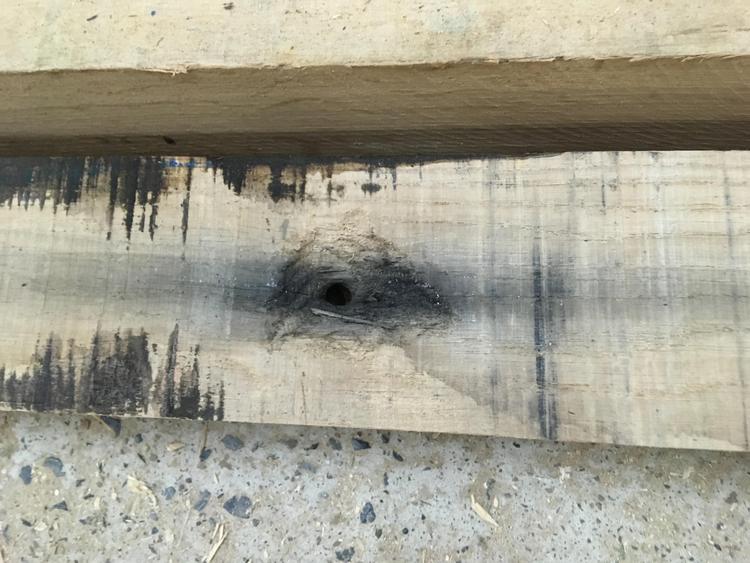I have an old door that is on the inside of a small entry "air lock" style arrangement. There is an exterior door, a small unheated cubicle, then this door giving access to a hallway. This door has 4 wooden panels in the bottom half and the top is glazed (single glazed). My problem is that the door is twisted.
The door fits well along the hinge edge and at the bottom (where there is a threshold strip). On the handle side the lower half fits well alongside the wooden panels but from there to the top it has moved away from the door jamb so that at the top corner the gap is about 10mm. Obviously the top touches the jamb at the hinge edge and is 10mm away on the handle side.
Can this be fixed? If so, how should I tackle it?
The door is painted and I assume it is made of pine or some similar local softwood.
I guess the alternative is to make a complete new door. I might be tempted to do that but it would take me a while.
A bonus question on the same subject is how I can prevent the same thing happening again?
The door fits well along the hinge edge and at the bottom (where there is a threshold strip). On the handle side the lower half fits well alongside the wooden panels but from there to the top it has moved away from the door jamb so that at the top corner the gap is about 10mm. Obviously the top touches the jamb at the hinge edge and is 10mm away on the handle side.
Can this be fixed? If so, how should I tackle it?
The door is painted and I assume it is made of pine or some similar local softwood.
I guess the alternative is to make a complete new door. I might be tempted to do that but it would take me a while.
A bonus question on the same subject is how I can prevent the same thing happening again?


































